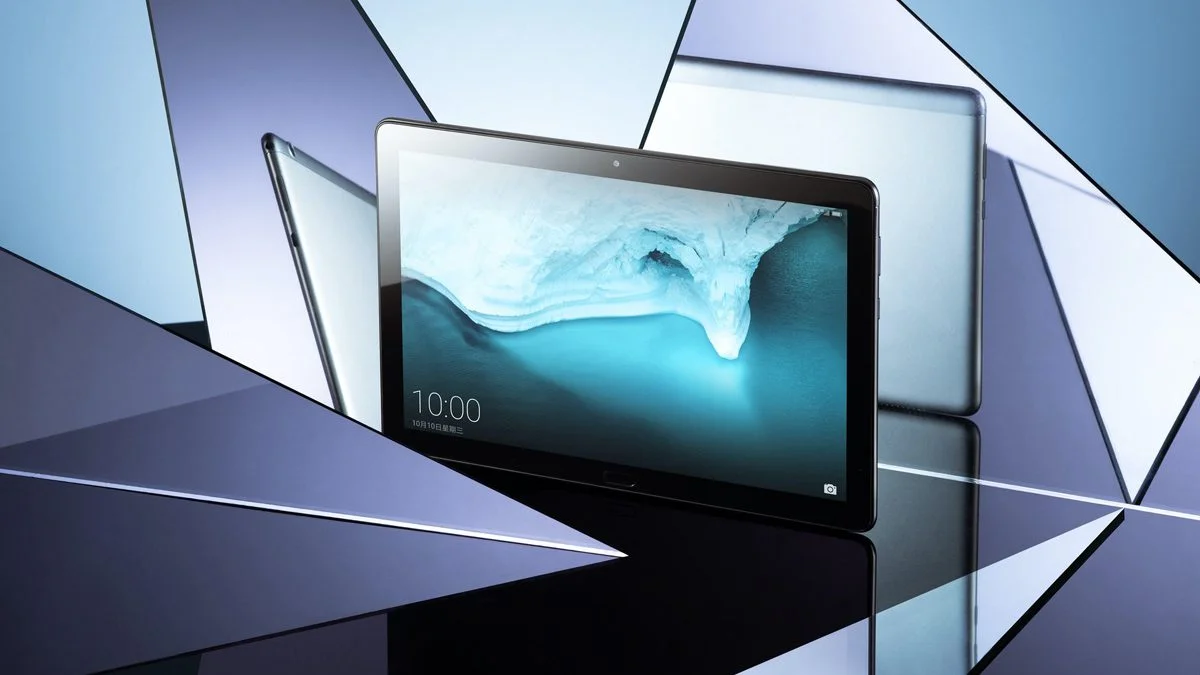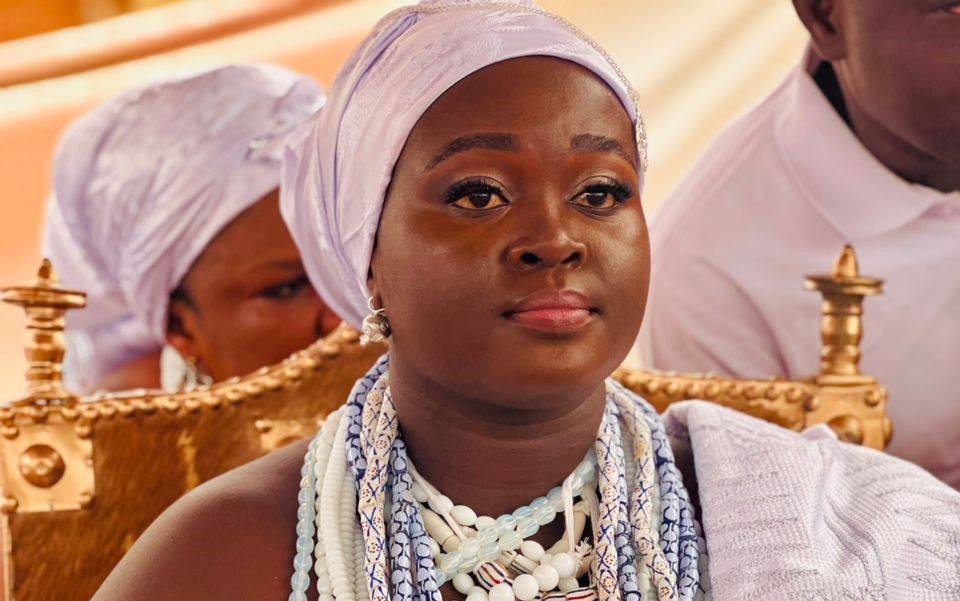Copyright techgenyz

Flexible displays advance in 2025 with stronger hinges, brighter screens, and refined designs from Samsung, Huawei, Vivo, Oppo, and Motorola.Flexible displays go beyond phones, powering tablets and wearables for health monitoring, multitasking, portability, and better media use.Flexible displays still face challenges like durability, battery life, software quirks, and high costs, keeping them premium niche devices. Just a little while ago, foldable phones were colorful, elegant companies that had the feeling of something that had never been seen in the 21st century and were considered experimental and certainly an extravagance when we are used to the shape, size and functionality of our smart phones. But now, foldable phones have now entered mainstream conversation and all the smart phone manufacturers (and some others) are developing orders-of-magnitudes foldable phones, really usable and with reasonable price tags. While screen display technology has improved and screen hinges are getting stronger, software is being developed to better align with wrinkles and users seem to believe to not only this technology, but technology in general, can do anything. Flexible devices are proving that they can do something other than allowing smart-phone users to feel cool in public. However, folding-style designs have trade-offs (screen design, battery life, price) and because of this, they are still just a luxury item; certainly not for anyone. The piece will share what is new, what is good, what is concerning, and what to look for when you are ready to dive into any foldable, either for yourself or your family. What’s new and Improved in Flexible Devices Some of the larger advancements in 2025 may not necessarily come from revolutionary form-factor modifications but, instead, will be in refinement. For instance, the Samsung Galaxy Z Fold 7 and Flip 7 have become thinner with brighter displays that will be better in the sun, improved hinge sturdiness, and greater overall durability. Another leap is the Huawei Pura X; the foldable design helps close the gap between something that feels like a flexible toy vs. a serious device. It uses, what is referred to as a “wide folding” vertical fold, is constructed of thinner materials, and has better water resistance (though not across all models). And finally, Vivo with the Vivo X Fold 5 has made advancements with battery tech and material science: a larger inner screen, battery capacity/life, and grip in hand that feel like less of a burden than carrying a fragile tablet. Flip or fold? Choices multiply Flip-style phones (clamshells) seem more desirable. The Flip 7, for example, has a better and more usable outer display, features better cameras, and the benefit is that even folded, it is lighter and more pocketable, yet is very useful. At the same time, there are “book-style” foldables (phones that open to a tablet style display) that have benefits from improved software work and multitasking and also improved hinges. Consider devices like the OnePlus Open and Oppo’s new foldables to explore this more. Foldables wearables and flexible beyond phones Foldable tablets are not common, but wearables and flexible displays are becoming increasingly popular in non-phone devices. Research is focused on ultra-low power flexible wearables for health monitoring, soft textile systems, and displays that have the capacity to change shape. For example, a recent study on mixed-signal smart flexible wearables for health care at the extreme edge introduces systems that weight-light, flexible and capable of executing meaningful health-related ML tasks with low power requirements. Additionally, new display materials (e-paper, meta-pixels) and more flexible displays capable of changing shape, or unfolding more gradually have been studied, offering less stress to hinges and more comfort for different multi-functional configurations and uses. Why Flexible Displays are Useful It’s not hard to be wooed by fancy demonstrations, but flexible displays now have real benefits across a range of use cases: Multitasking & productivity: unfolding a phone into tablet size means running two or three apps side by side, in a more natural way. For people who read through long papers, edit a spreadsheet, or sketch/draw, that display size could be a big advantage without carrying around an entire tablet.Portability + screen real estate: Flip phones can provide a large screen, when necessary to help complete a task, and also compact size when the consumer doesn’t need a large screen. Many scenarios make this more usable than a large slab phone (on transit, in pockets, one-hand usage).Media consumption: Video, reading, and web browsing are more enjoyable when screen size increases. Flexible designs allow the consumer to fold back, and make the phone smaller for the storage component or just get the action from phone use behind his or her hand.Style & identity: There is also the aesthetic and novelty factor for many users. Foldables get attention, but increasingly manufacturers are treating their designs, finishes, and materials so that users feel pride owning the device, not ashamed of a technical gimmick. What Still holds them back Durability and screen/hinge wear Creasing is still noticeable. Some users have experienced the inner fold forming small bubbles, changes in texture, or areas that have become less responsive after extended use. The hinge mechanism, while significantly improved, still represents a risk for mechanical failure. Numerous reviews highlight that daily folding/unfolding will wear the internals, especially in humid, dusty, or rough use environments. Battery life and thickness trade-offs Larger flexible displays use more power. Limiting the device’s form factor makes it hard to accommodate large or multiple batteries. Some foldables will involve tradeoffs and make concessions like slightly lower battery capacity, dual cells, something like battery performance of less than wireless charging speed, etc. Devices that appeared to address the issue, like the Galaxy Z Fold 7, offer a brighter screen than previous gen Z-1 Flip model, but users still notice when using a screen heavily, the device will drain faster. Cost and Value Foldable phones are still priced at a premium cost. Even “cheaper” foldable phones still cost many times that of a conventional slab phone with comparably specs. The pricing is not yet justifiable for most users unless you are a habitual frequent user of the dual use between folded and unfolded modes. Replacement or repair costs (especially for the inner foldable screen) would also be extremely high if needed. Software and UX Quirks Foldable phones have a special need for software to create an ideal viewable experience: responsive user interface design when folded vs unfolded, apps that resize smoothly, and good experience on the external screen. There are times when apps or games don’t optimize well for a foldable aspect ratio which leads to awkward layouts, lag, or wasted screen real estate. Lastly, utilizing the outer screen of a flip for taking selfies or checking notifications is useful, however, like the West’s implementation of notifications on a smaller screen and a limited wrap-around. Weight and Handling Even slim foldables seem to be heavier than a slab phone of similar screen size; when you fold and unfold it, it makes the device less easy to hold long-term, given its thickness and heaviness. For wearables or “foldables you carry every day”, that is a consideration. Spotlight Devices These are some of the flexible devices that have stood out in 2025 that showcases both promise and the reality check which users can check: Samsung Galaxy Z Fold 7 & Flip 7: The newest models include sharper outer and inner screens, improved DeX multitasking, and a more durable hinge design, along with improved outdoor visibility. They are some of the best foldables available today. If you prefer to purchase a book-style + flip combination from one company, these are your best options.Vivo X Fold 5: A product that tries to find the middle-ground of display size, weight, and durability. Good battery and decent camera performance makes this a good option for users who don’t want to buy Samsung devices, but still want the major advantages of foldabless.Motorola Razr Ultra (2025): If you care about flip design and outer screen functionality, the Razr Ultra makes significant improvements. It comes packed with luxury materials, IP ratings, and fast charging. Yes, it is stylish and powerful, but whether you think its worth it for the price and limited software support is a different question.Oppo Find N5: Ideal for buyers seeking a foldable phone but strongly want camera quality. While the phone isn’t perfect, it produces better photos and is better finished than many other contenders, making it one of the best options if priority is given to camera performance.Huawei Pura X: Particularly interesting for design innovation (fold mechanism, water resistance, exterior display). For someone who often uses their devices outdoors or in different conditions, it is nice to know the device employs this type of sturdiness into its design. Flexible displays have shifted from a flashy experiment to an established market in the broader tech landscape; and improvements in 2025 like better hinge design, brighter displays, and more thoughtful software integration show that foldables aren’t just toys, but devices that can indeed improve productivity, media experience, and personal style. Still, they are also hampered by their high price, durability concerns, and some quirks with battery life and app optimization that make them impractical for most users. The foldable story in 2025 is not one of radical reinvention, but measured progress. Foldables are still expensive devices, but the devices show us what’s possible when technology literally bends to fit us. Whether they become as normal as the slab smartphone or remain a niche category will depend on how quickly manufacturers can overcome the trade-offs of durability, cost, and owner experience; for now, flexible devices are a look to the future, and reminders that even the flashiest designs must be useful in the day-to-day.



